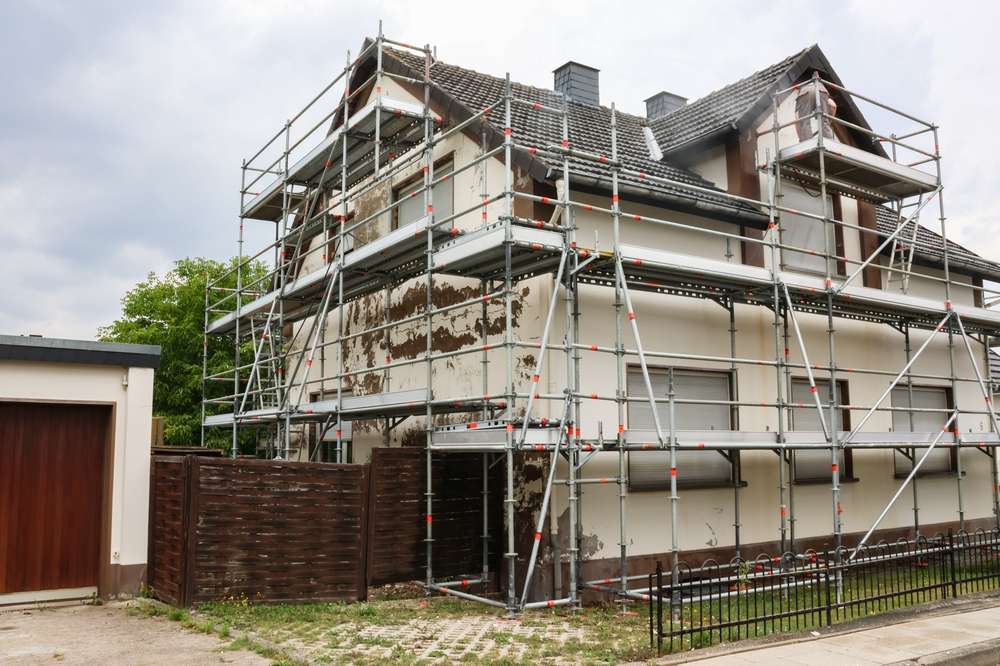The Benefits of Metal Roofing: Durability, Efficiency, and Style
Metal roofing has become increasingly popular among homeowners and builders in recent years. This innovative roofing solution offers a unique combination of durability, energy efficiency, and aesthetic appeal that sets it apart from traditional roofing materials. Whether you're considering a new roof for your home or planning a commercial building project, understanding the advantages of metal roofing can help you make an informed decision.

-
Aluminum: Lightweight and naturally corrosion-resistant, aluminum roofing is an excellent choice for coastal areas.
-
Copper: While more expensive, copper roofing offers unparalleled beauty and longevity, developing a distinctive green patina over time.
-
Zinc: This low-maintenance option is highly durable and environmentally friendly, with a natural ability to heal scratches and resist corrosion.
Each type of metal roofing can be fashioned into various styles, including standing seam, metal shingles, and corrugated panels, allowing homeowners to choose a look that complements their house’s architecture.
How long does a metal roof last compared to traditional materials?
One of the most significant advantages of metal roofing is its exceptional longevity. While traditional asphalt shingles typically last 15-30 years, a properly installed metal roof can protect your home or building for 50 years or more. Some high-end metal roofing materials, such as copper, can even last a century with proper maintenance.
This extended lifespan not only provides peace of mind but also contributes to the overall value of your property. Homeowners who invest in metal roofing can enjoy decades of worry-free protection, reducing the need for frequent replacements and repairs associated with conventional roofing materials.
Are metal roofs energy-efficient for homes and buildings?
Metal roofs are renowned for their energy efficiency, making them an excellent choice for environmentally conscious homeowners and builders. The reflective properties of metal roofing help to minimize heat absorption, keeping your home cooler during hot summer months. This can lead to significant savings on cooling costs, particularly in regions with warm climates.
Additionally, many metal roofing systems can be installed with an air gap between the metal and the roof deck, creating a thermal barrier that further enhances energy efficiency. This design feature can help reduce heat transfer into the attic space, contributing to better overall insulation and temperature control throughout the house or building.
How do metal roofs perform in extreme weather conditions?
When it comes to withstanding harsh weather, metal roofs excel in performance and reliability. Unlike traditional roofing materials that may be vulnerable to high winds, hail, or heavy snow loads, metal roofing systems are engineered to handle extreme conditions with ease.
Metal roofs offer superior wind resistance, with many systems rated to withstand winds of up to 140 mph or more. This makes them an ideal choice for areas prone to hurricanes or severe storms. Additionally, the smooth surface of metal roofing allows snow and ice to slide off more easily, reducing the risk of damaging ice dams and snow accumulation.
Fire resistance is another notable benefit of metal roofing. Many metal roof systems carry Class A fire ratings, the highest level of fire resistance available for roofing materials. This can provide added protection for your home or building in areas susceptible to wildfires or urban fires.
What are the aesthetic options for metal roofs on houses?
Gone are the days when metal roofs were limited to industrial or agricultural buildings. Today’s metal roofing options offer a wide range of aesthetic choices to complement any architectural style. From sleek, modern designs to traditional looks that mimic the appearance of slate, tile, or wood shakes, metal roofing can enhance the curb appeal of any home.
Metal roofs are available in a vast array of colors, finishes, and textures, allowing homeowners to customize their roof’s appearance to suit their preferences. Whether you’re looking for a bold statement or a subtle, classic look, there’s a metal roofing option to match your vision.
How do the costs of metal roofing compare to other roofing materials?
While the initial cost of metal roofing is typically higher than that of traditional asphalt shingles, it’s essential to consider the long-term value and benefits when evaluating the investment. Here’s a comparison of average costs and lifespans for common roofing materials:
| Roofing Material | Average Cost per Square Foot | Expected Lifespan |
|---|---|---|
| Asphalt Shingles | $1 - $5 | 15-30 years |
| Metal Roofing | $5 - $12 | 50+ years |
| Clay Tiles | $10 - $18 | 50+ years |
| Slate | $15 - $30 | 75-100+ years |
Prices, rates, or cost estimates mentioned in this article are based on the latest available information but may change over time. Independent research is advised before making financial decisions.
While metal roofing may have a higher upfront cost, its longevity, energy efficiency, and low maintenance requirements often result in lower overall lifecycle costs. Additionally, many homeowners find that the added value and potential energy savings offset the initial investment over time.
In conclusion, metal roofing offers a compelling combination of durability, energy efficiency, and aesthetic versatility for both residential and commercial applications. With its long lifespan, weather resistance, and eco-friendly properties, metal roofing has established itself as a premium choice for those seeking a high-performance, long-lasting roofing solution. As technology and design options continue to evolve, metal roofing is likely to remain at the forefront of modern building materials, providing lasting protection and value for homes and buildings alike.






